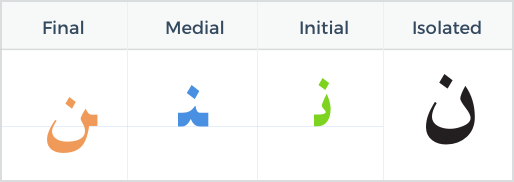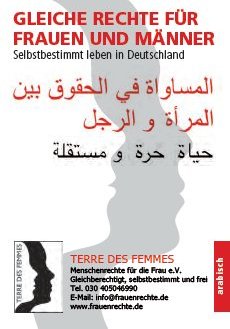Arabic is a subtle language with a script that flows from right to left one millimeter at a time. Arabic sounds originate from vocal chord to the tip of the tongue, each brings slight variations in tone, in duration — these determine intent, what you seek to share. Meaning relies on accurate spoken and written construction.
It’s also a shape-shifter. Each letter may morph in four ways — a single letter may assume four forms, yet remain as unambiguously and reliably distinguishable as a pattern-matching schema. Examine the Arabic letter nunn (“n”):

Arabic describes those slight but significant sound variations with a dozen diacritical marks, then it permits one to double those diacritics when ambiguity threatens to destroy the intended meaning.

Yes, Arabic has an impressive set of tools. Here are a few:
It sets a meter with musical aspects. Each sound may extend in duration by holding a tone twice or three times as long. It’s really much like reading a piece of sheet music, a musical score.
It has tools for creating calligraphic expressions that allow each writer to break away — to proceed beyond a ceiling-line and below a floor-line. By comparison, Latin-based alphabets seem designed with confinement in mind, something designed with the chisel in mind. Keep within the lines, please. The Romans manipulated numbers borrowed from their alphabet. You can count to 100 in Roman numerals before encountering a curved figure.

Did you know that Arabic vocabulary is context sensitive? Language environments are dynamic places, words adapt to merge with the spirit and the moment and the intent — not the other way around. Translations that do not recognize context contort meaning, they must be challenged. Twisting words to serve agendas is a dark art.
The English language uses a different set of tools, different metrics that root into the soil of a different geography.

Language has brought me opportunities to remove borders. A thorough understanding of the German language (my second language) permits me to learn Arabic from a teacher who has likewise learned German as her second language. There’s something breathtaking about acquiring a third language without the unnecessary baggage of my mother tongue. Something very humbling and very satisfying.
Thanks for reading.